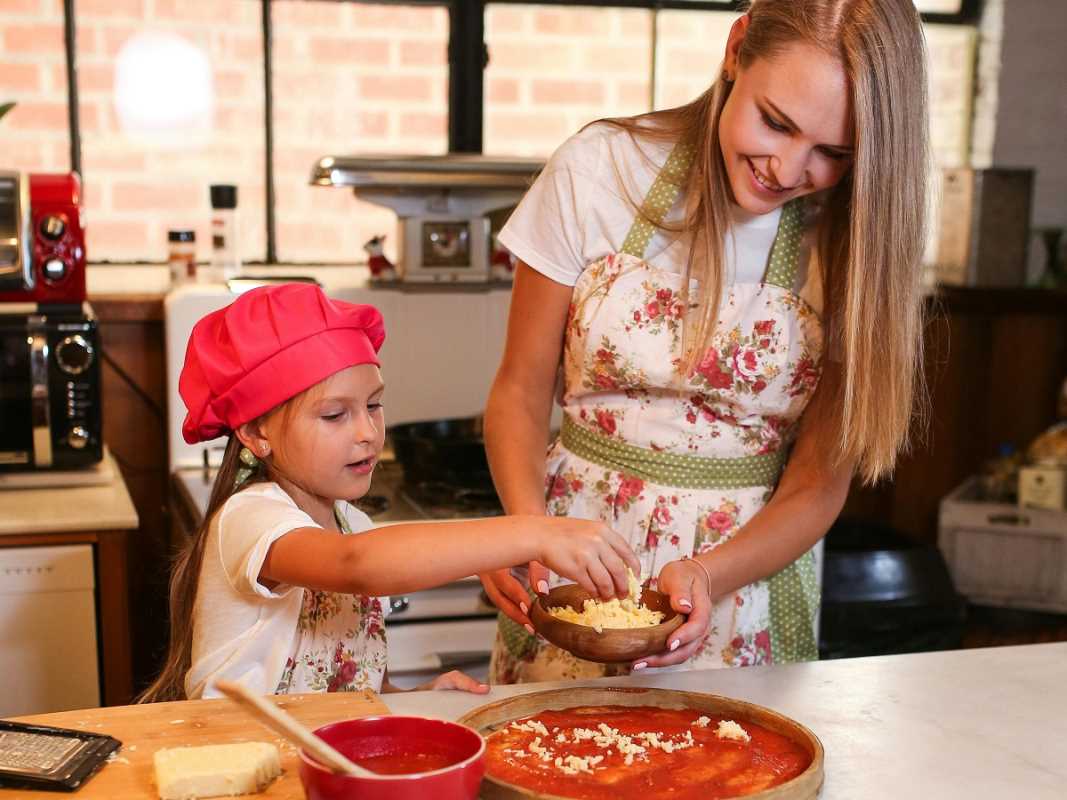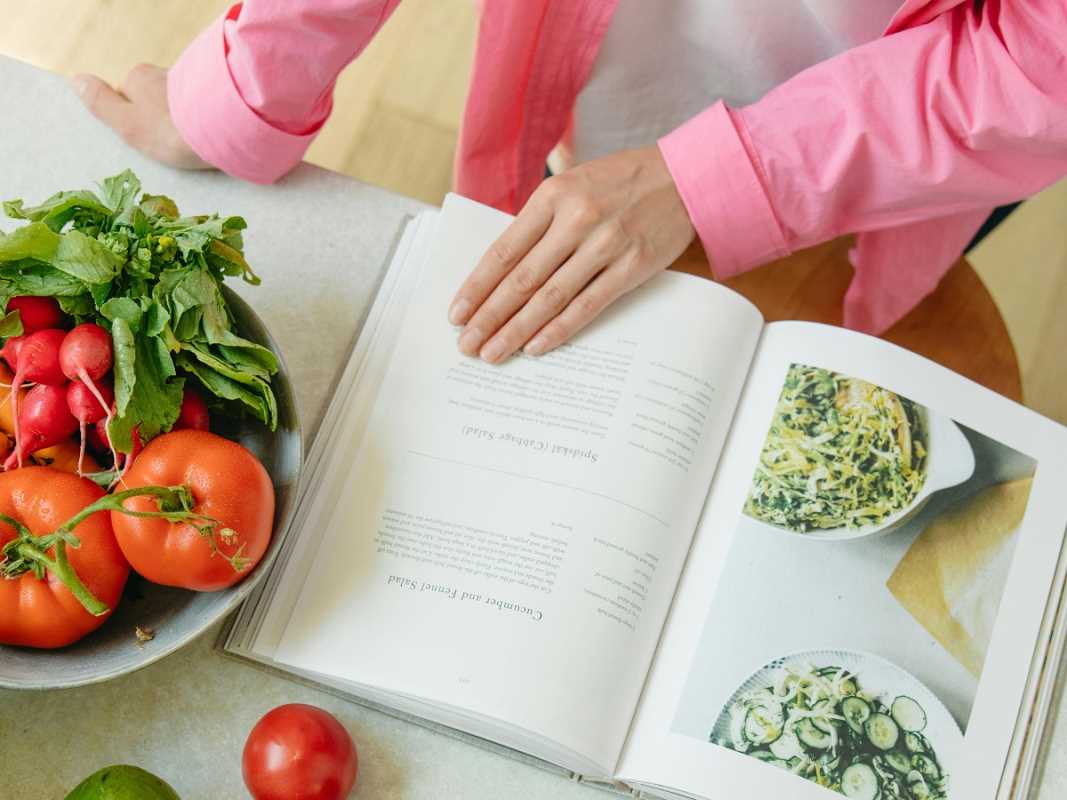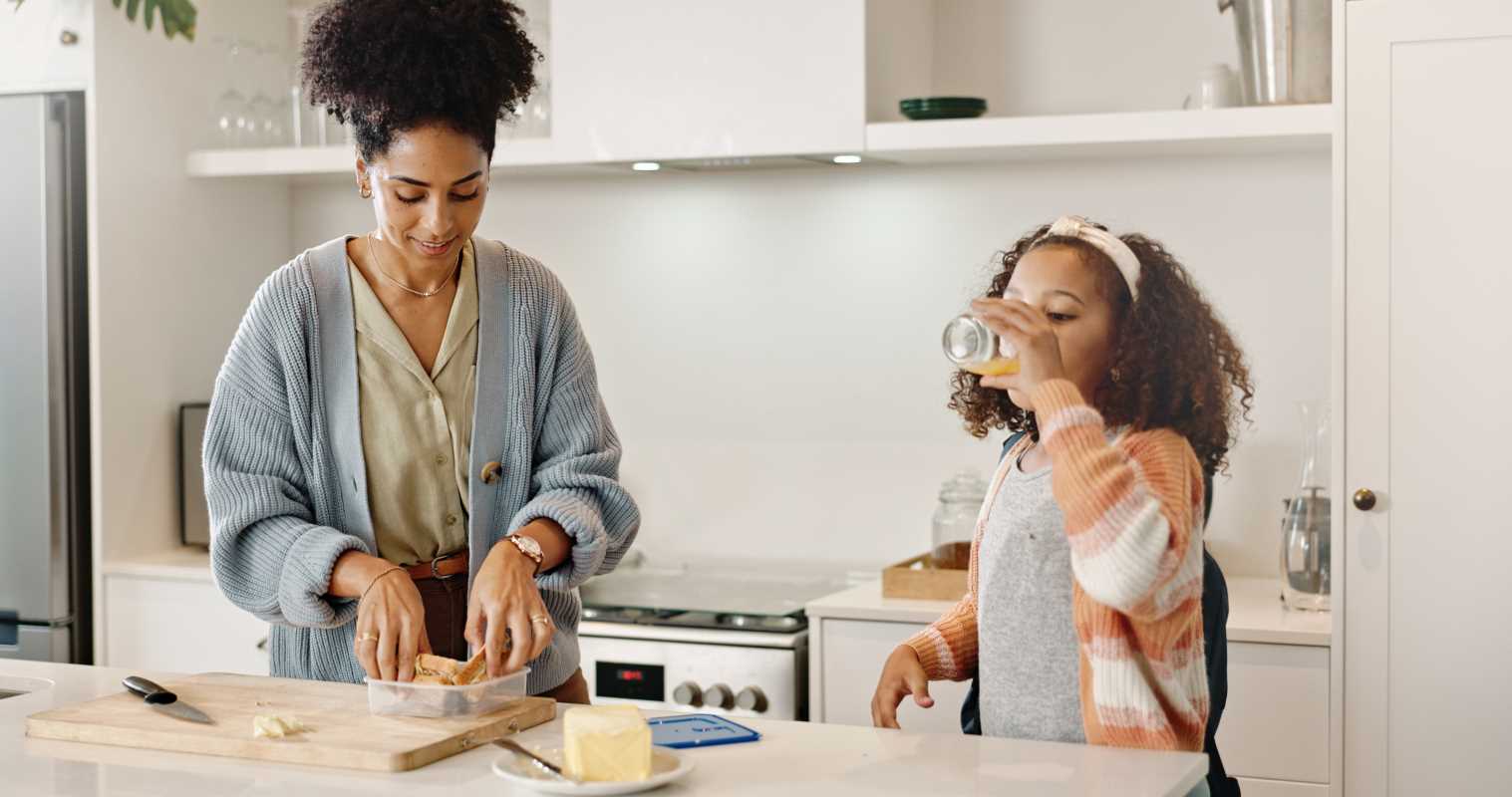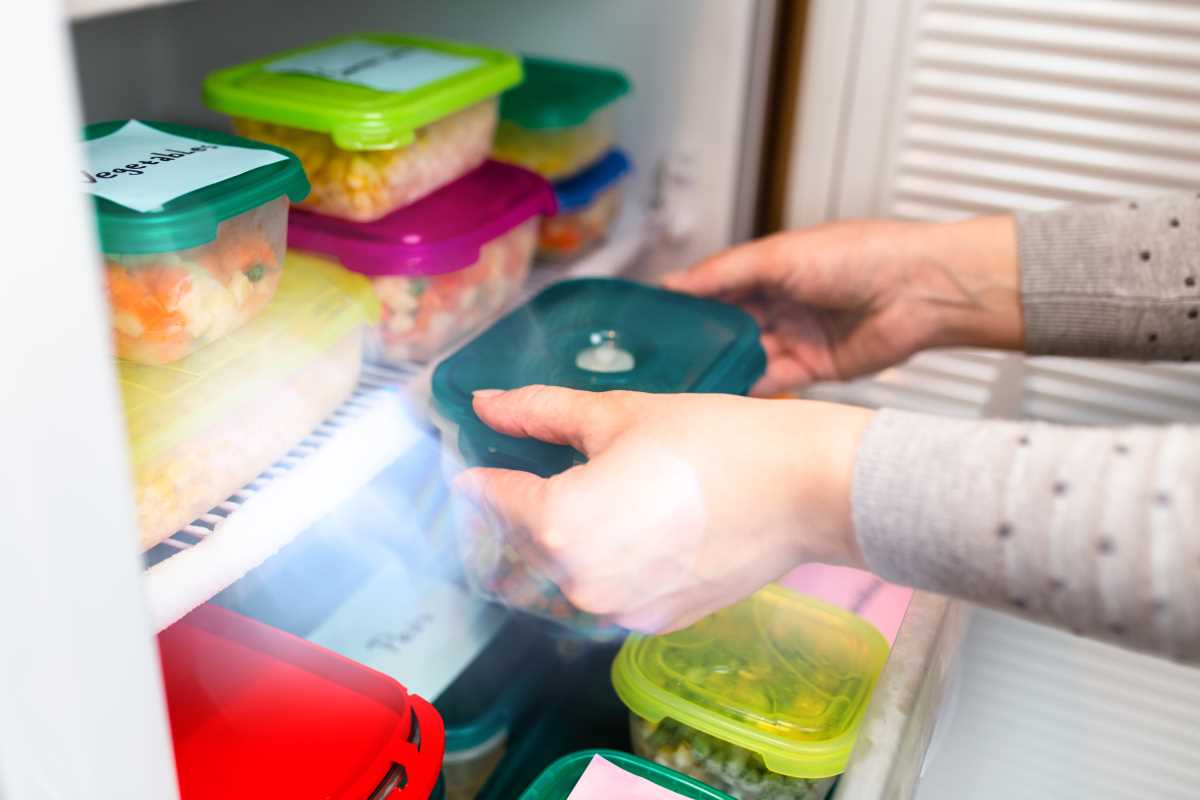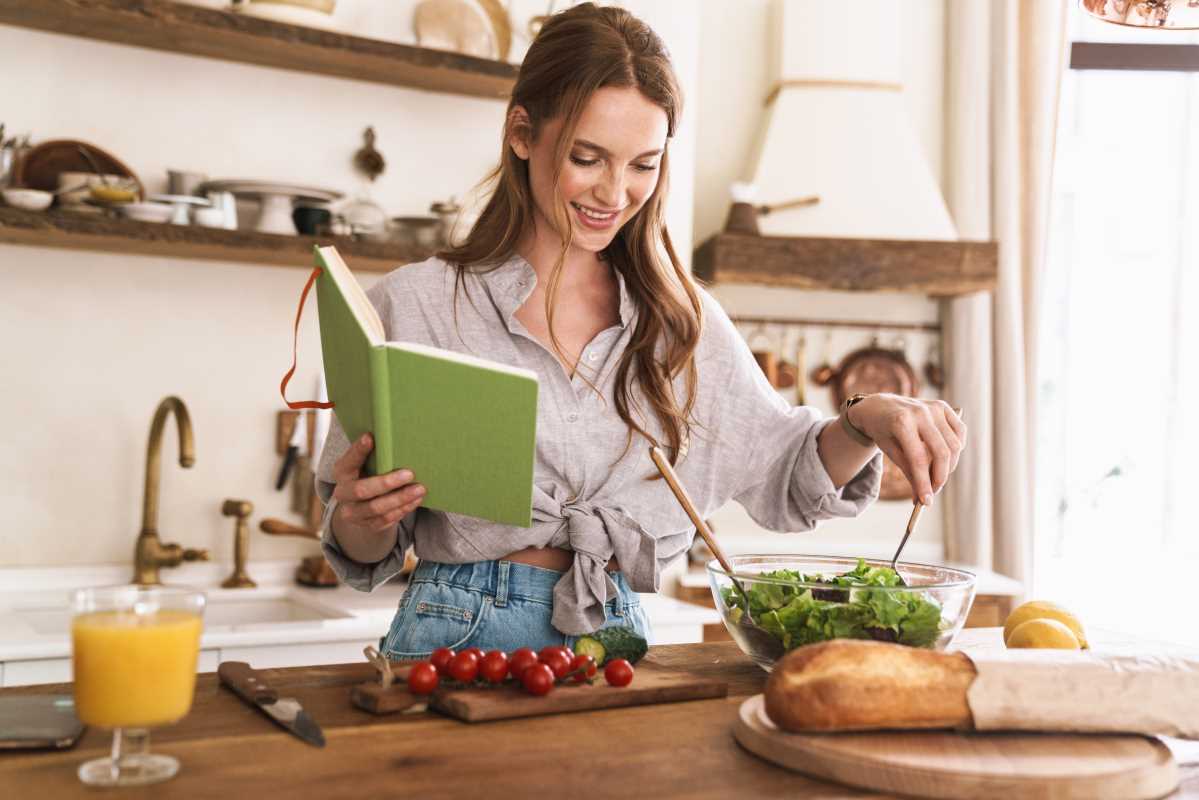Cooking for a group with different tastes brings out creativity and encourages collaboration. One person might crave something spicy, while another prefers milder dishes, and someone else asks for a meal inspired by seasonal ingredients. Kitchens turn into lively spaces for experimenting and working together, as cooks try new combinations and share ideas to satisfy everyone’s unique preferences. Every meal becomes an opportunity to connect, learn more about each other’s favorite flavors, and ensure that everyone enjoys a seat at the table. Preparing food this way turns even a simple dinner into a memorable and inclusive experience for all.
Why Shared Kitchen Creativity Matters
Building a flexible cooking routine encourages everyone to bring ideas—and taste buds—to the countertop. This approach nurtures an atmosphere where each family member feels heard as you adapt flavors, textures, and spice levels without sacrificing efficiency or harmony in the kitchen.
Segment tasks, diversify ingredients, and layer adaptable bases to let each preference shine. When you dive into meal prep with intention, you shift from merely executing recipes to developing a dynamic plan that thrives on variety.
Mapping Family Flavor Profiles
- Identify Preference Dimensions: List each person’s key taste factors—heat tolerance, texture likes, ingredient avoidances. Encourage everyone to note three favorite dishes and one disliked component. Organize this data on a magnet board or shared digital note to keep these insights front and center.
- Group Common Threads: Spot overlaps like shared love for roasted vegetables or dairy-free dishes. Arrange these clusters into categories so you can streamline shopping for pan-seared sweet potatoes or coconut-based dressings without needing separate trips for each meal.
- Rotate Signature Themes: Create a four-week cycle of flavor themes—Mediterranean, Asian fusion, Latin street food, cozy comfort. Assign these themes to calendar slots and insert customization checkpoints, for example swapping tofu for chicken or choosing ingredient-level spice adjustments based on each profile.
Streamlining Kitchen Workflow
- Prep Stations Setup: Dedicate three zones—one for chopping varied produce, one for protein seasoning, and one for final assembly. Each station should include labeled containers for each profile’s portion, cutting tools, and a step-by-step checklist pinned nearby.
- Time Block Scheduling: Use a visible kitchen timer split into four segments. In the first segment, handle all vegetable prep across profiles; second, move to proteins; third, sauces and dressings; fourth, assembly and plating. This prevents cross-contamination and keeps every profile on track.
- Shared Tools Rotation: Assign color-coded utensils—red-handled for spicy dishes, green-handled for mild, blue-handled for vegetarian. Rotate these tools through a sanitized dish and quick-dry cycle to maintain hygienic separation and speed up transitions between tasks.
- Batch Base Prep: Whip up large batches of neutral foundations like quinoa, brown rice, or lentil stew. Store them in portioned containers to mix and match with profile-specific add-ins at assembly time. Label each container by theme and date for easy reference.
Hands-On Meal Prep Steps
1. Flavor Base Batch
Purpose: Create a neutral, versatile base.
Steps:
- Choose a grain or legume (e.g., quinoa, chickpeas).
- Rinse thoroughly.
- Cook in seasoned broth.
- Cool in an ice bath, portion into labeled airtight containers.
- Cost & Storage: Under $1/serving; lasts 5 days in the fridge.
- Insider Tip: Save the cooking liquid—it helps adjust texture and boosts flavor when reheating.
2. Modular Sauce Trio
Purpose: Offer multiple flavor options: savory, acidic, creamy.
Steps:
- Make three sauces:
- Miso-ginger (umami)
- Citrus-herb vinaigrette (bright)
- Tahini-yogurt (creamy)
- Pour into mason jars with lids and labels.
- Add pairing tips and small spouts.
- Cost & Storage: About $0.50 per ½ cup; lasts 4–6 days refrigerated.
- Insider Tip: Shake well before use to emulsify oil and solids.
3. Protein Prep Stations
Purpose: Offer flavor-varied proteins for personalization.
Steps:
- Marinate separate batches (label by spice level).
- Bake on different pans or with parchment dividers.
- Cool on racks before storing.
- Cost & Storage: ~$2 per chicken breast; legumes are cheaper. Stores 3–4 days.
- Insider Tip: Use parchment to prevent marinade crossover on the same tray.
4. Vegetable Custom Cuts
Purpose: Fit different texture preferences.
Steps:
- Slice with appropriate tools:
- Mandoline (ribbons)
- Serrated peeler (julienne)
- Standard peeler (shavings)
- Blanch and shock firm veggies.
- Store cuts by type in labeled containers.
- Cost & Storage: $1–$3/lb; lasts 4–5 days.
- Insider Tip: Line containers with paper towels to reduce moisture and sogginess.
5. Assembly Line Finale
Purpose: Enable quick, customizable meals.
Steps:
- Start with the grain/legume base.
- Add selected protein and vegetable combo.
- Drizzle sauce, garnish with herbs/seeds.
- Cost & Storage: ~$2–$3 per container; holds up to 4 days.
- Insider Tip: Use color-coded stickers on lids to indicate spice level or theme (e.g., “Mediterranean,” “Zesty,” “Mild”).
Engaging Everyone During Meals
Let each person personalize their plate with toppings and take turns as kitchen helpers to spark creativity. Try mini taste tests and track feedback on a simple fridge chart to refine future meals. This playful, collaborative approach turns dinner into a shared adventure everyone looks forward to.
 (Image via
(Image via
